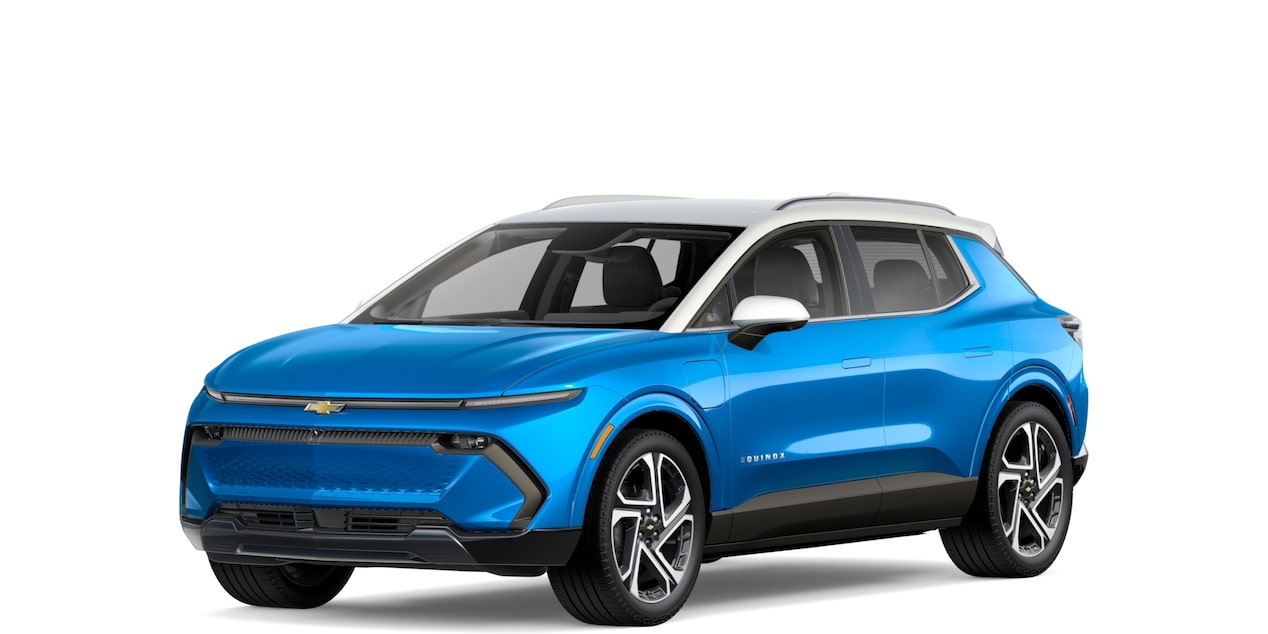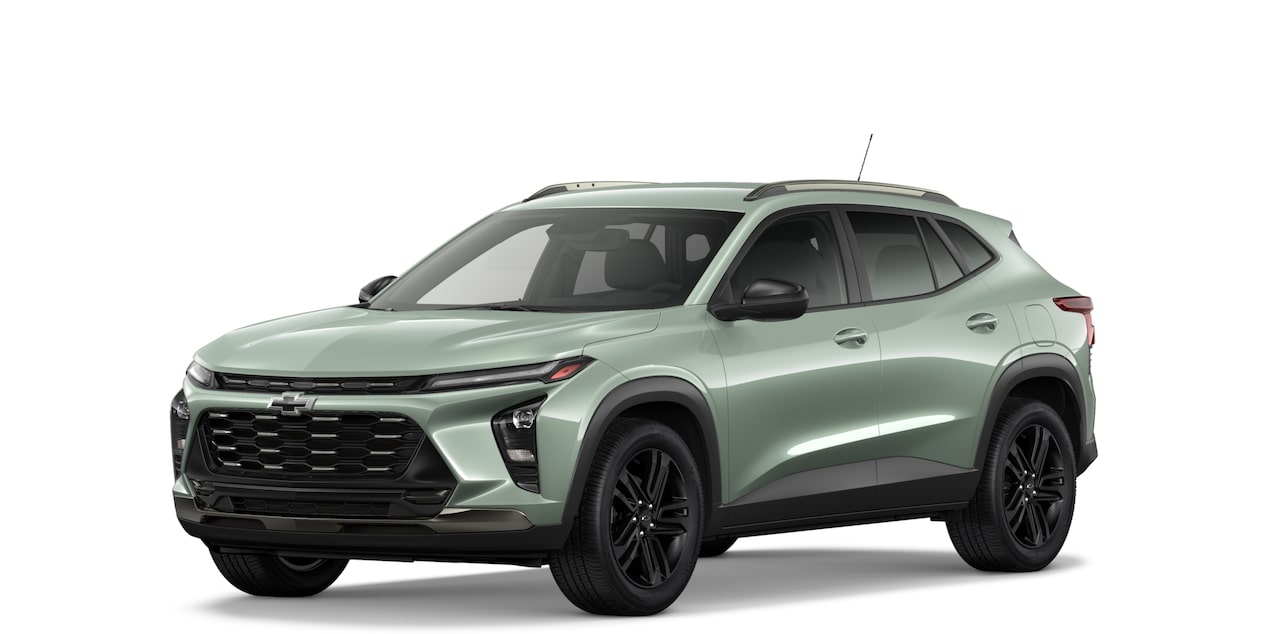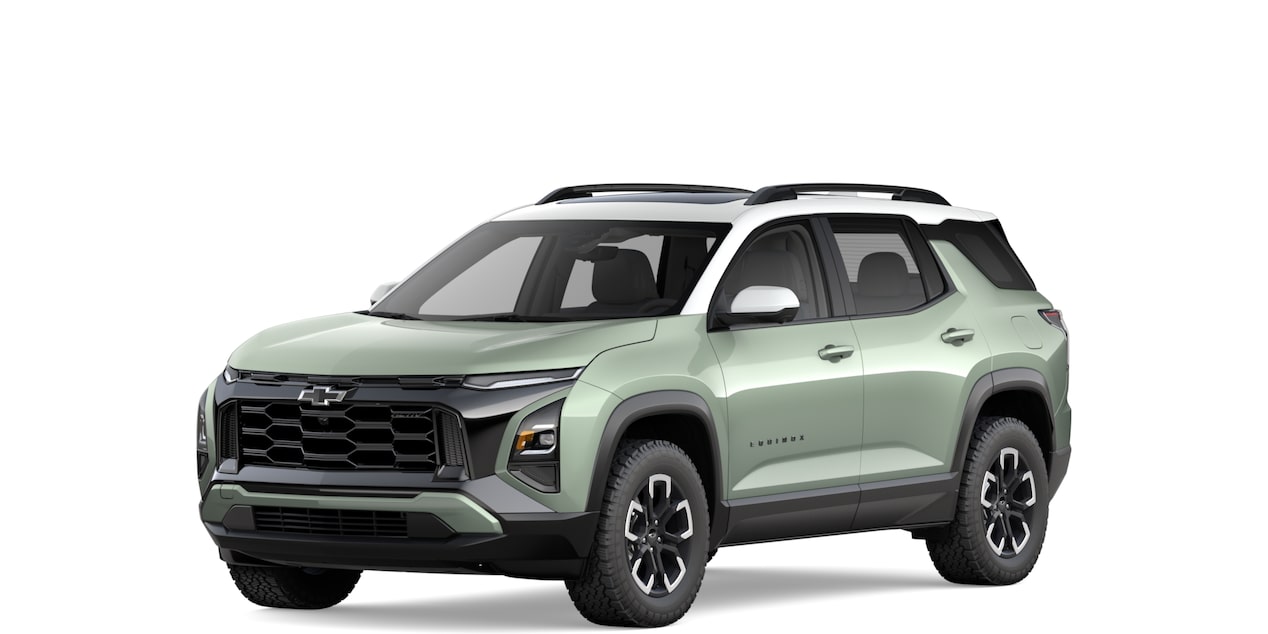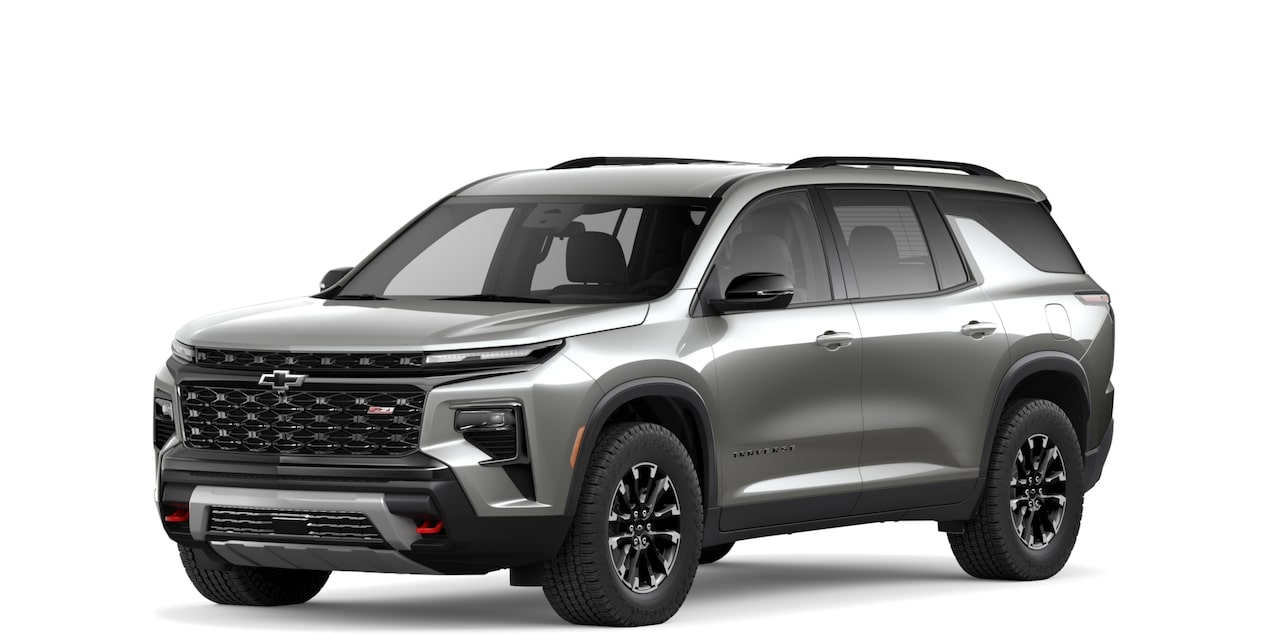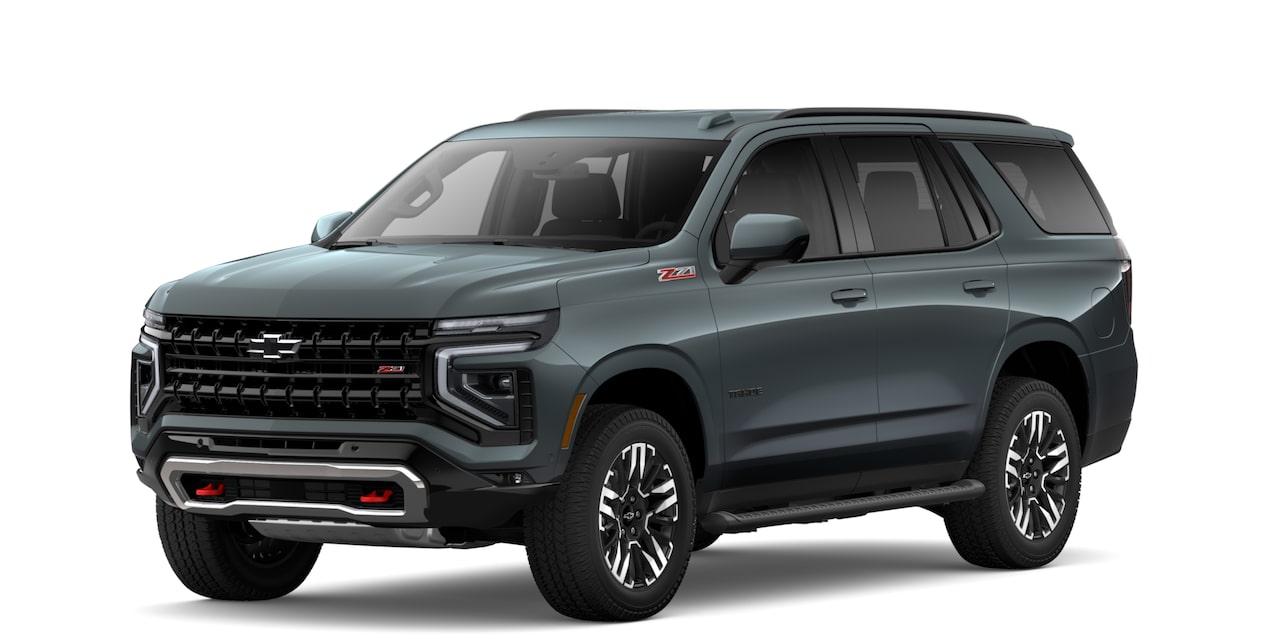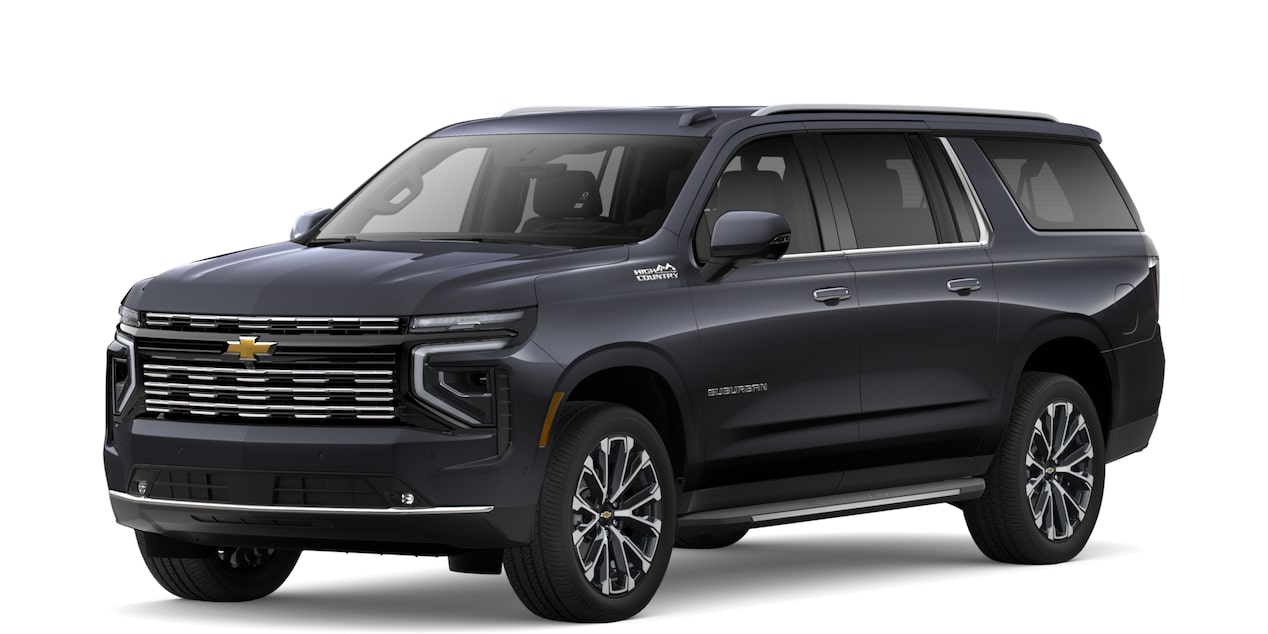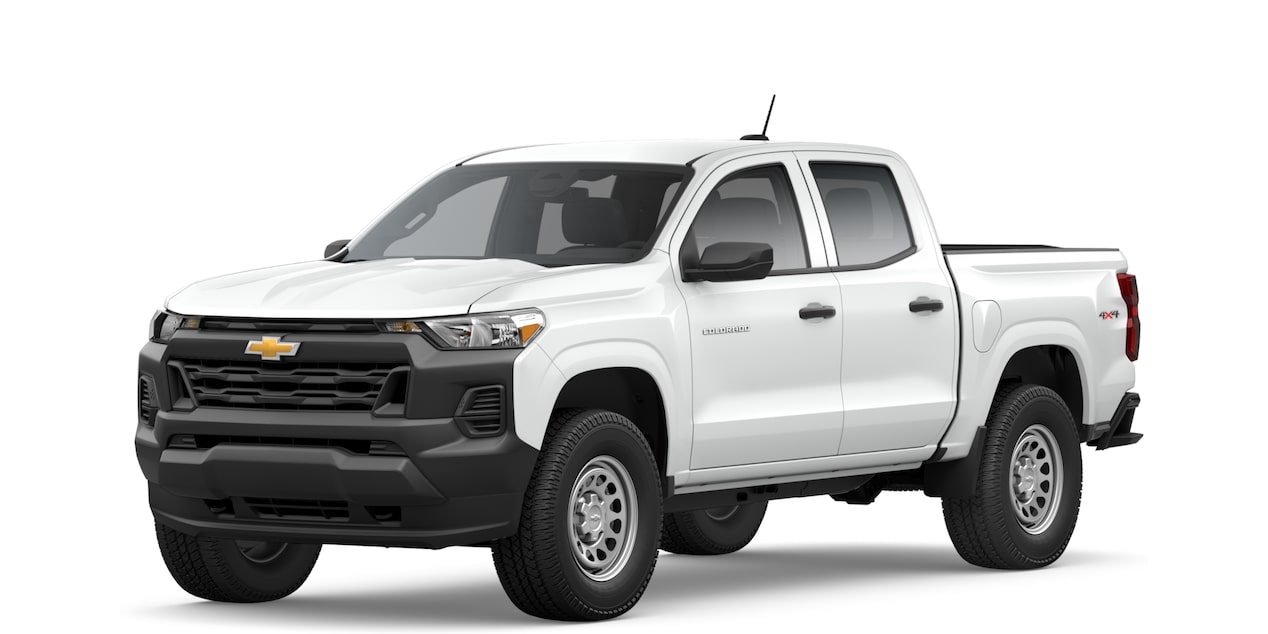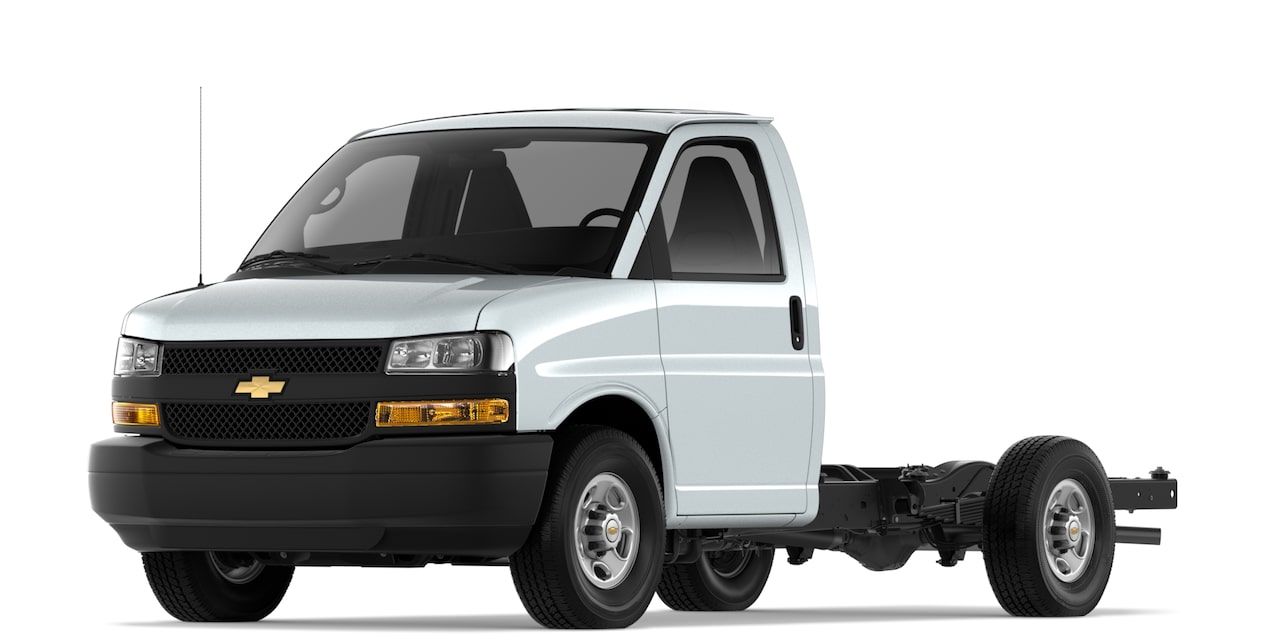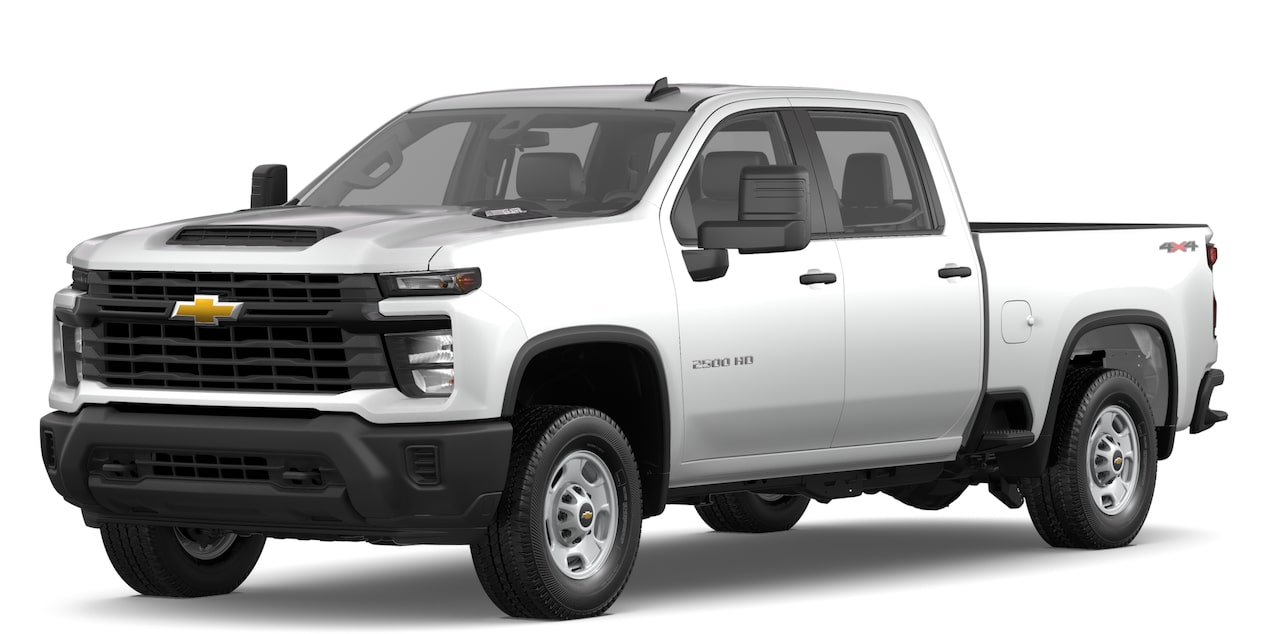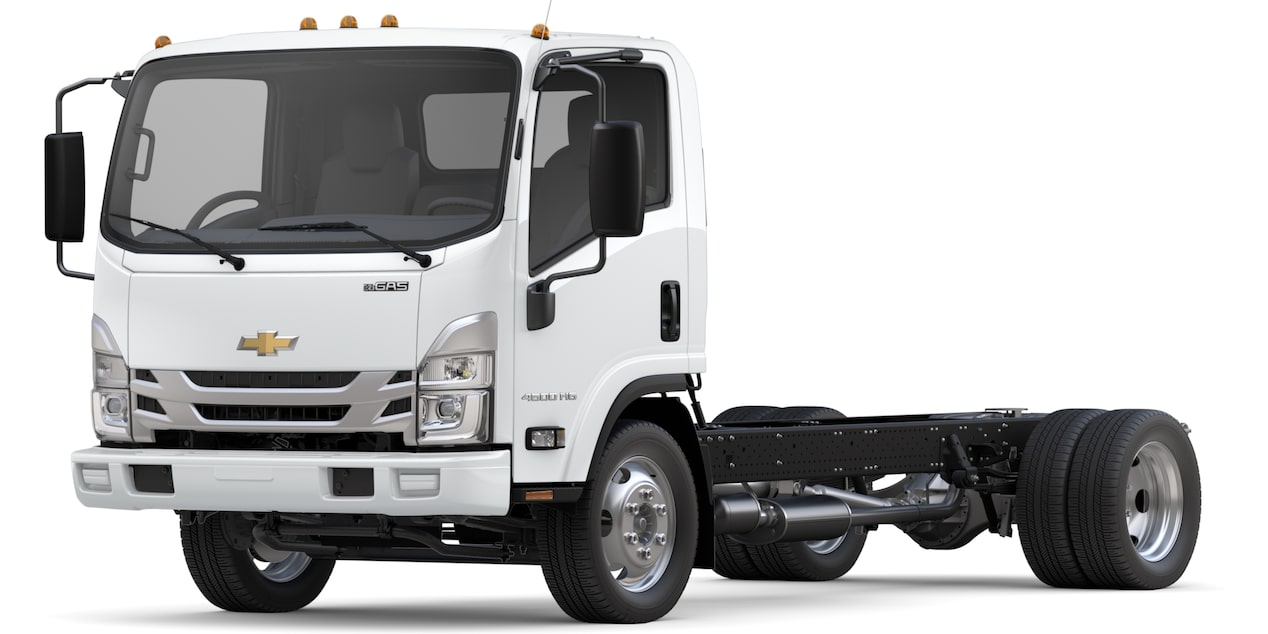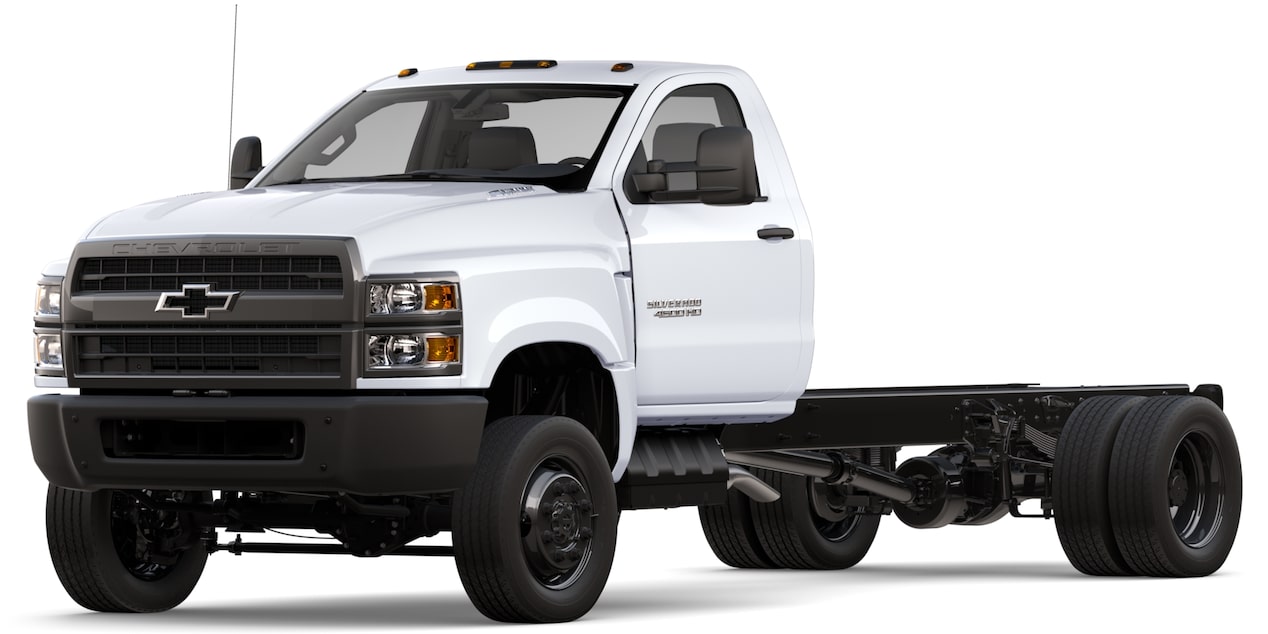About Rear Park Assist
When in REVERSE, Rear Park
What is Rear Park Assist?
Rear Park Assist uses multiple ultrasonic sensors located on your rear bumper. The feature works when you’re in REVERSE.
- When you’re backing up at low speeds, the sensors may detect objects up to 8 feet behind your vehicle.
- When an object is first detected while you’re backing up, Rear Park Assist emits low-pitched beeps from your rear speakers or, if your vehicle is equipped with the Safety Alert Seat, the driver seat pulses twice on both sides of the seat.
- The closer your vehicle is to a detected object, the more beeps you’ll hear or Safety Alert Seat pulses you’ll feel.
- As your vehicle gets closer to the detected object, your infotainment system or DIC will show distance-to-object information.
- When an object is within 2 feet of your rear bumper, you’ll hear five repeating low-pitched beeps from your rear speaker, or, if your vehicle is equipped with the Safety Alert Seat, it pulses five times on both sides.
- When an object is within 1 foot of your rear bumper, you’ll hear a continuous low-pitched tone play from the rear speakers or, if your vehicle is equipped with the Safety Alert Seat, the seat will pulse five times on both sides.
- As your vehicle gets closer to a detected object behind you, you will also see caution triangles that change from yellow to amber to red on the Rear Vision Camera display.
- On some vehicles, the Rear Vision Camera display will also display guidelines that show you the path of your vehicle. On these vehicles, you'll only receive alerts of detected objects in your vehicle's path.
You can turn this feature on and off using the Rear Park Assist system control or, in some vehicles, through the vehicle Settings menu.
Rear Park Assist is not designed to detect children, pedestrians, bicyclists, animals or objects below the bumper. You should remember to always check the area around the vehicle before backing up and make sure the ultrasonic Park Assist sensors are clean, as well. Locations of these sensors vary by vehicle, so consult your vehicle Owner’s Manual for a diagram that shows the location of the feature’s camera sensors and how to clean them. This can be found in the “Driver Assistance Systems” section of the vehicle Owner’s Manual.
Safety or driver assistance features are no substitute for the driver’s responsibility to operate the vehicle in a safe manner. The driver should remain attentive to traffic, surroundings and road conditions at all times. Visibility, weather and road conditions may affect feature performance. Read the vehicle Owner’s Manual for more important feature limitations and information.
For your security, please don’t include personal info such as phone number, address or credit card details.
Related Links and Resources
Q&As
Looking for something else?
Need more help?
Communicate with one of our specialists.
To find out if your vehicle has this feature, contact your dealer or refer to your vehicle’s equipment list. Please check your Owner’s Manual for more information about features.

